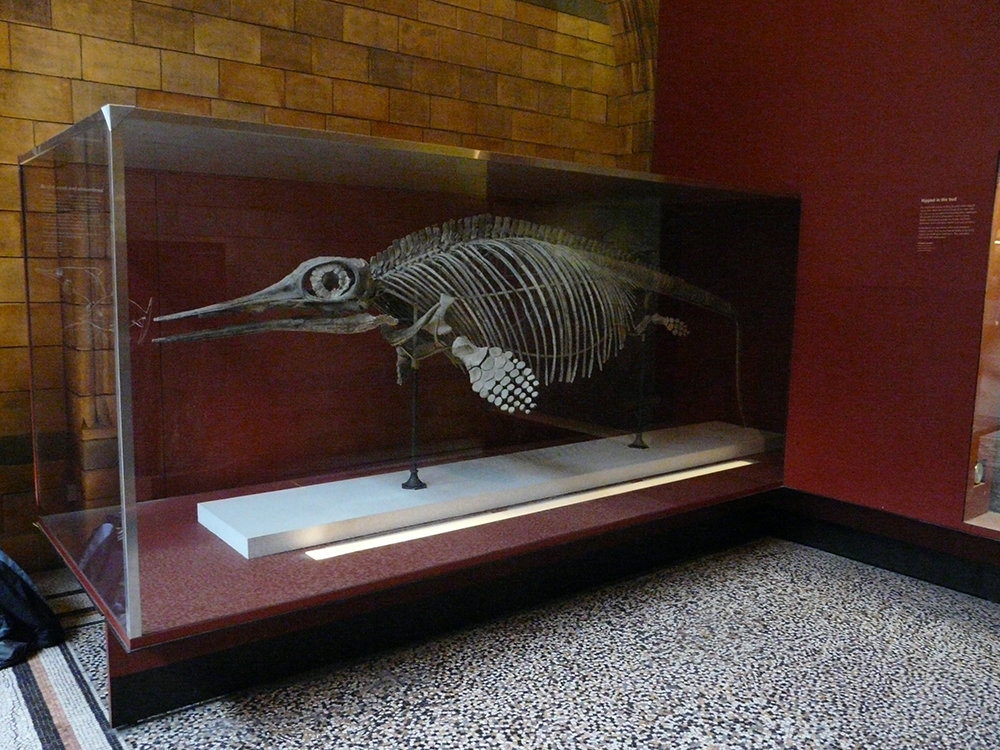Ichthyosaurs of the British Middle and Upper Jurassic. Part One. Ophthalmosaurus
Moon, B. C. & Kirton, A. M. 2016 Ichthyosaurs of the British Middle and Upper Jurassic. Part One. Ophthalmosaurus. Monograph of the Palaeontographical Society 170(647): 1–84 doi:10.1080/02693445.2016.11963958
Ichthyosaurs have been a relatively common fixture of UK palaeontology since Mary and Joseph Anning’s discoveries around early 1810s, but the best specimens and most well-known finds are in the Early Jurassic strata of Dorset, Somerset, and up to Yorkshire. Perhaps less well-known – but no less important – are the Middle and Late Jurassic deposits again spread across the country, but particularly found around Peterborough and the south coast.
A good deal of my PhD work was looking at so many ichthyosaur specimens from across the country and revisiting the taxa known from this time and place in a bid to revise and extend the previous work of Dr Angela Kirton. The most common and important of these is Ophthalmosaurus, which makes up most of the specimens found.

This Late Jurassic Ophthalmosaurus material is particularly important for ichthyosaur research because its some of the best examples of three-dimensional and disarticulated, but complete material, so allows unusual access to the full anatomy. It doesn’t happen often with the more spectacular-looking material from Lyme Regis or Holzmaden in Germany where the preserved ichthyosaurs are complete and articulated, but flattened to the point that internal structures are difficult to see.
With so much material of Ophthalmosaurus available it’s possible to reconstruct the skull and body of this animal with relative certainty.

There are a few other taxa from the Late Jurassic of the UK that I further described in part two.
